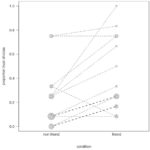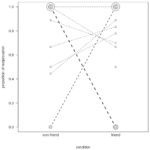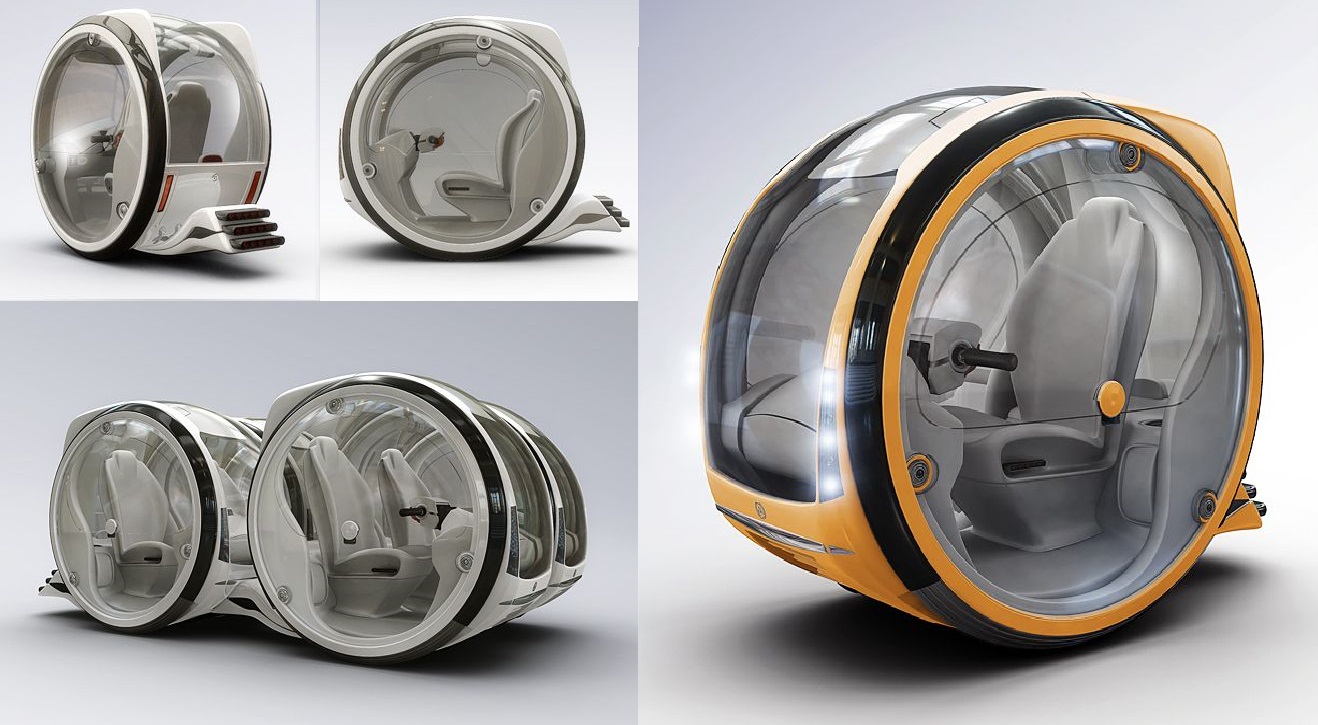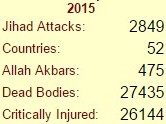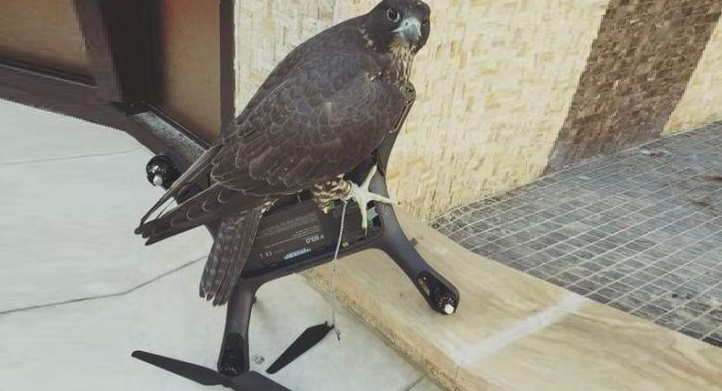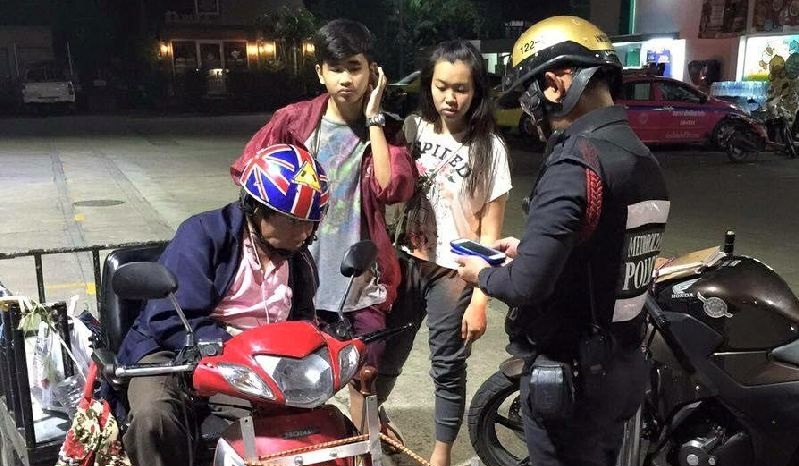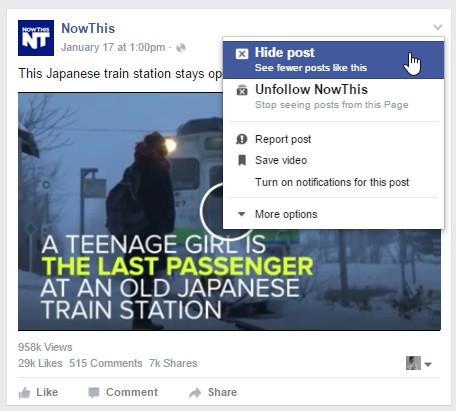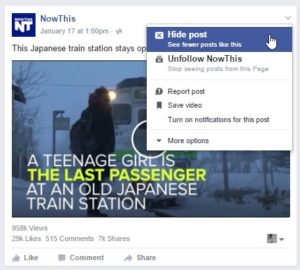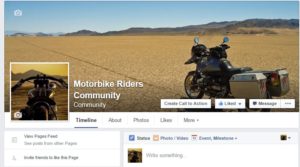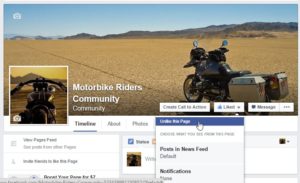ECOFE (European Consortium for Open Field Experimentation), a network of agricultural resources at various locations around Europe, has been proposed by a group of scientists in order to do for agricultural science what CERN has done for nuclear research.
The organization would be a community of research stations across Europe — from an outpost in Sicily to a field in Scotland. Among the benefits looked forward to by the researchers behind the project are the ability to study a wide range of soil properties, atmospheric conditions, and temperatures, and, prospectively, the ability to finance more expensive equipment, which would be shared.
For example, open-field installations that allow researchers to study the effects of artificially elevated levels of carbon dioxide, would be a shared cost and a shared tool.
“Present field research facilities are aimed at making regional agriculture prosperous,” said co-author Hartmut Stützel of Leibniz Universität Hannover in Germany. “To us, it is obvious that the ‘challenges’ of the 21st century–productivity increase, climate change, and environmental sustainability–will require more advanced research infrastructures covering a wider range of environments.”
The benefits of community research are also associated with potential downsides: researchers would have to sacrifice some of their scientific autonomy in order to focus on targeted research goals.
“It will be a rather new paradigm for many traditional scientists,” said Stützel but I think the communities are ready to accept this challenge and understand that research in the 21st century requires these types of infrastructures. We must now try to make political decision makers aware that a speedy implementation of a network for open field experimentation is fundamental for future agricultural research.
The report is titled “The Future of Field Trials in Europe: Establishing a Network Beyond Boundaries.” It was completed by Drs. Stutzel, Nicolas Bruggermann, and Dirk Inze, and was published in the journal Cell.
By Andy Stern



